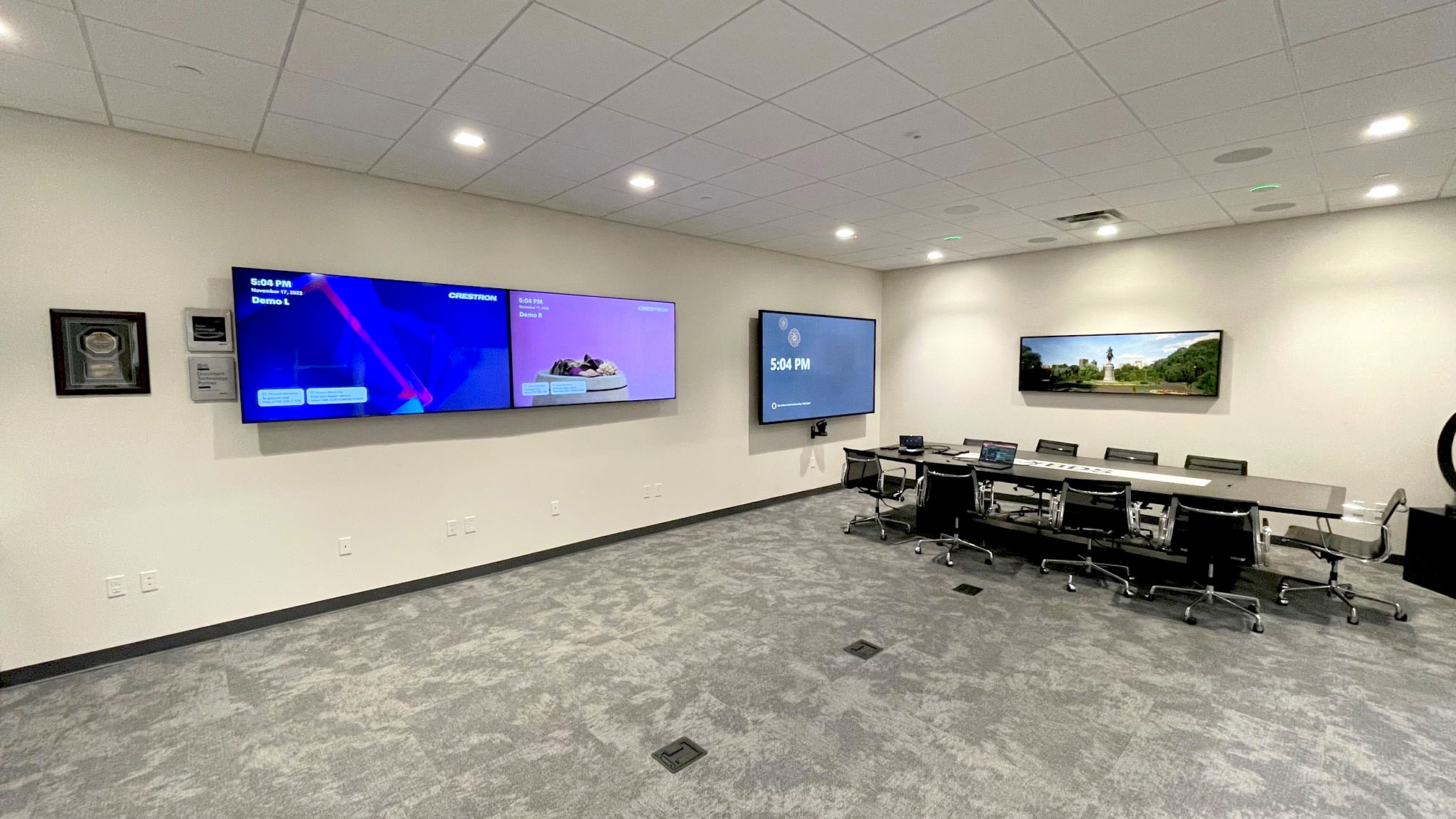Illuminating the Impact of Lighting Circumstances on Motion Identification Accuracy and Dependability
Illuminating the Impact of Lighting Circumstances on Motion Identification Accuracy and Dependability
Blog Article
Illumination conditions play a crucial role in how effectively we can perceive movement. Motion detection is a key component of different technologies, such as security cameras, automatic illumination systems, and even certain video games. Comprehending the ways various illumination environments affect our capacity to perceive movement can assist improve the development and efficacy of these technologies. For instance, inadequate illumination can lead to overlooked movements or false alarms, while ideal illumination can enhance the precision of movement detection systems.
In bright lighting environments, motion detection is generally more reliable. As there is ample light, sensors and cameras can obtain clearer images, which helps in identifying moving elements. Bright conditions allow for better contrast between the dynamic object and the background. This differentiation is crucial for both visual viewers and automated technologies, as it facilitates it simpler to distinguish between stationary and dynamic objects in a scene. Therefore, making sure that areas are well-lit can greatly improve the effectiveness of motion detection systems.
On the other hand, low-light environments can present difficulties for movement detection. In dim settings, darkness can obscure dynamic objects, which makes them difficult to perceive. Additionally, the eye struggles to perceive motion in dim conditions, which can result in misunderstanding of the situation in the surroundings. Cameras might also encounter difficulties, as many do not function well in low light without the use of infrared technology or helpful resources other improvements. These limitations highlight the significance of sufficient illumination in settings where movement detection is critical.
Additionally, various types of lighting can have varying effects on motion detection. For example, neon lights can flash, which can confuse movement detection technologies that depend on consistent illumination sources. On the other hand, daylight provides a consistent source of lighting that enhances clarity. Understanding these differences in lighting conditions can guide users in selecting the most suitable lighting for specific applications, particularly in surveillance and safety scenarios.
In conclusion, the relationship between illumination environments and movement detection accuracy is important. By ensuring that settings are appropriately lit, we can improve the dependability of movement detection technologies. This understanding not only benefits technological uses but also enhances over at this website safety and safety in various environments. As more developments are made in motion detection technology, considering illumination environments will continue to be a crucial consideration in enhancing performance and ensuring that these technologies work effectively in different environments.